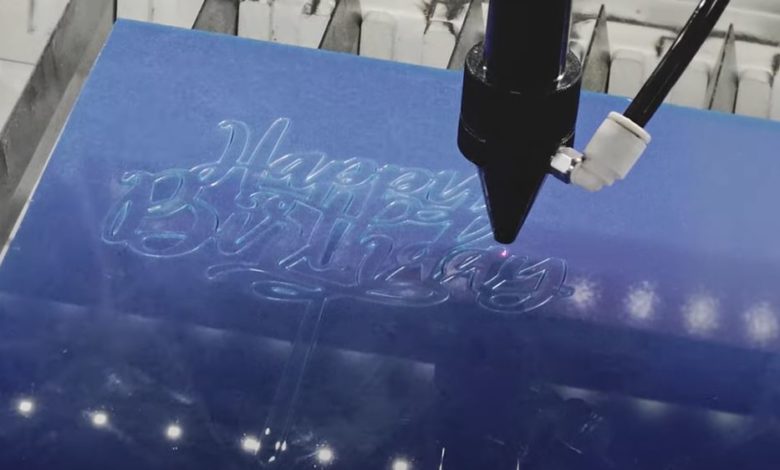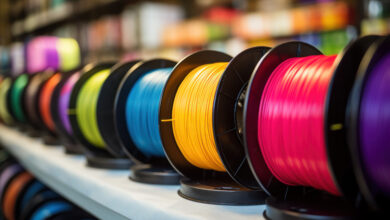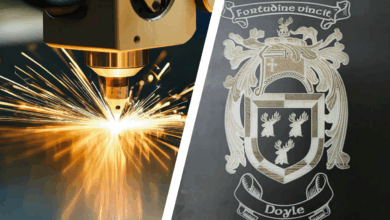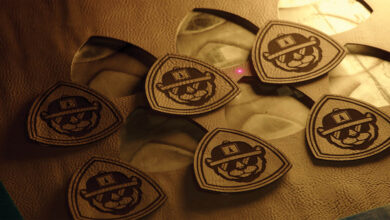
There are three primary settings for lasering (rastering) and three for cutting (vectoring) materials.
Raster settings include speed of the movement of the lens, power, and resolution. It is common to only consider speed in determining how long a laser job will take. Yet, resolution is just as important. The higher the resolution, the longer it takes. Here’s a few things to consider:
- The faster you laser, the hotter the X-motor, which moves the lens back and forth across the laser table. Heat wears out motors. I typically try to run my laser at speeds in the 40% to 60% range (or approximately 40″ to 60″ per second). Some laser manufacturers use inches per second to determine speed and some use a percent of the laser’s top speed. I could run many jobs at 100% speed. However, I would replace my X-motor much more often and I actually like to have a little more time in between jobs.
- Resolution provides the degree of detail in the graphics or text we are lasering. Our eyes can differentiate up to about 300 dots per inch (DPI). I laser most jobs at 400 DPI. This provides plenty of resolution and cleans out the lasering area well. However, sometimes I need more.
- Many government seals, highly detailed logos, and graphics need more resolution to show the fine details or even to look good. I typically laser these at 600 DPI, and occasionally at 1,200 DPI, such as for fine details in a city’s seal. 1,200 DPI takes about three times longer than 400 DPI, so I would rather save time by using the lower resolution rather than adding wear-and-tear to my laser by using a higher speed.
Vectoring uses power and speed settings as well. The third setting many lasers have for vectoring is frequency.
- Frequency is how many pulses per second is fired by the laser to cut the material. Different materials cut better with a lower or higher frequency. The frequency has little or no effect on the speed of a laser job.
- Speed is determined by the material itself and how thick it is. The key factor for the laser operator is to cut once or multiple times. There are many factors that may go into this decision; however, it is often the laser operator’s preference.



